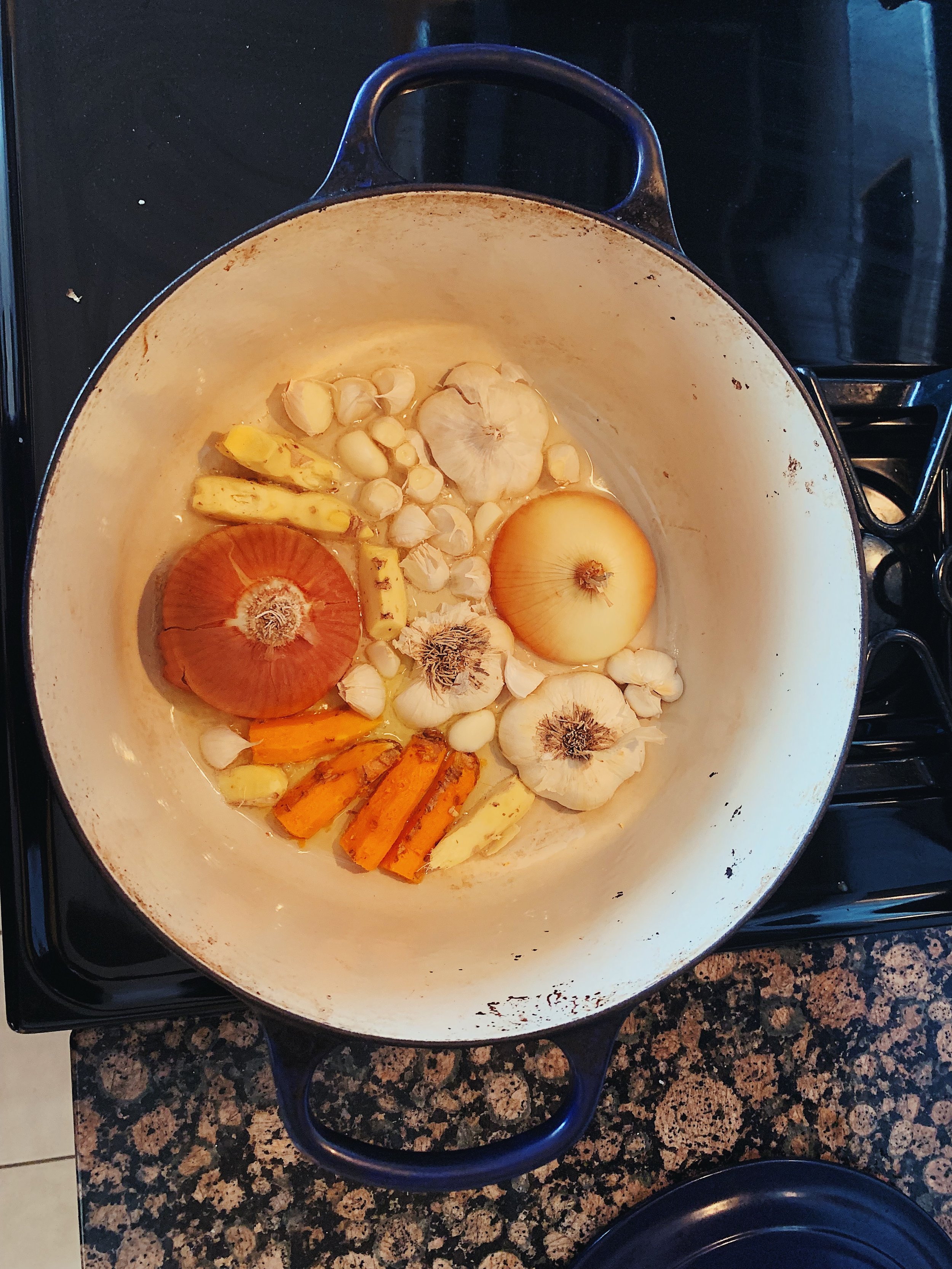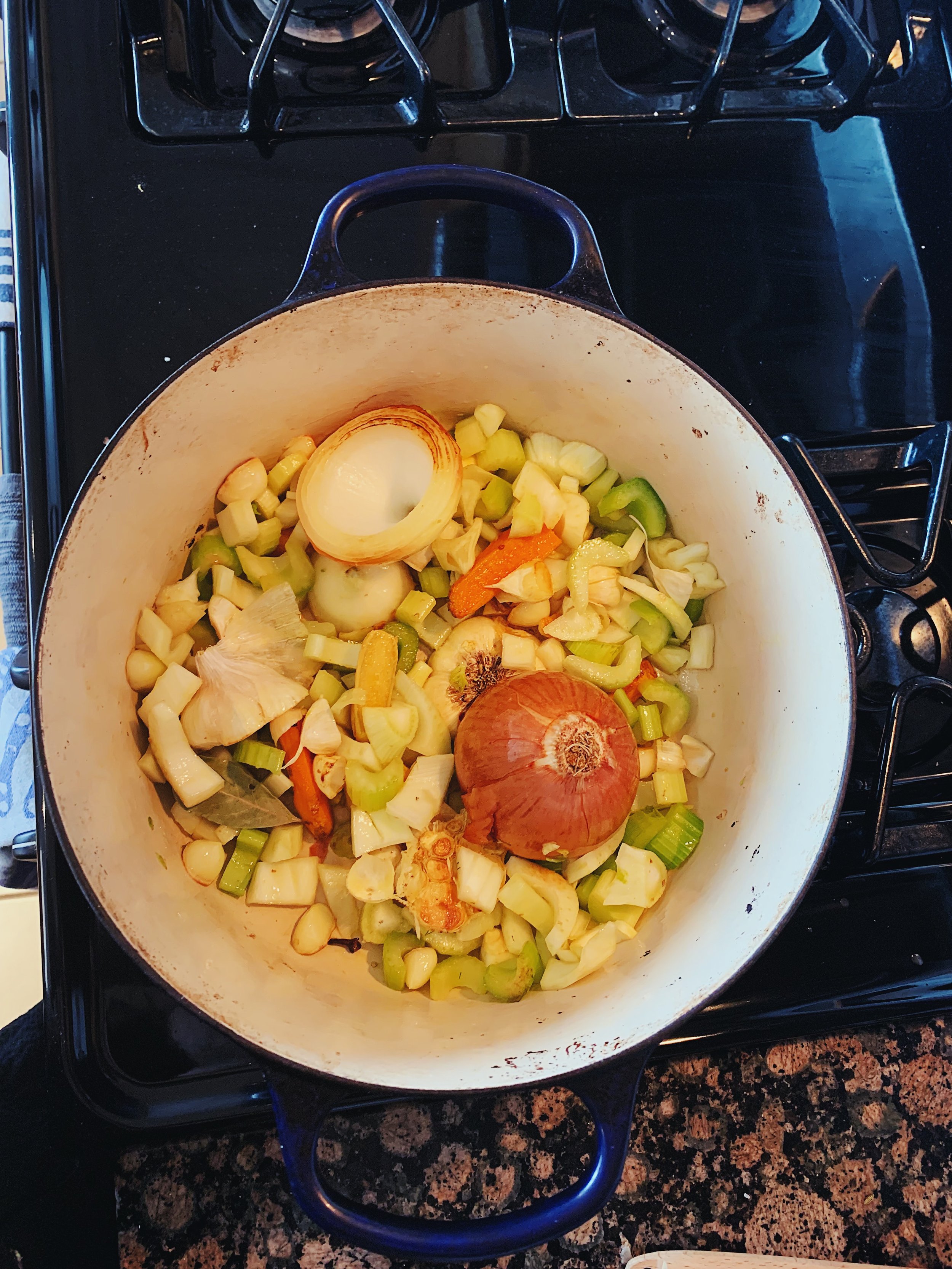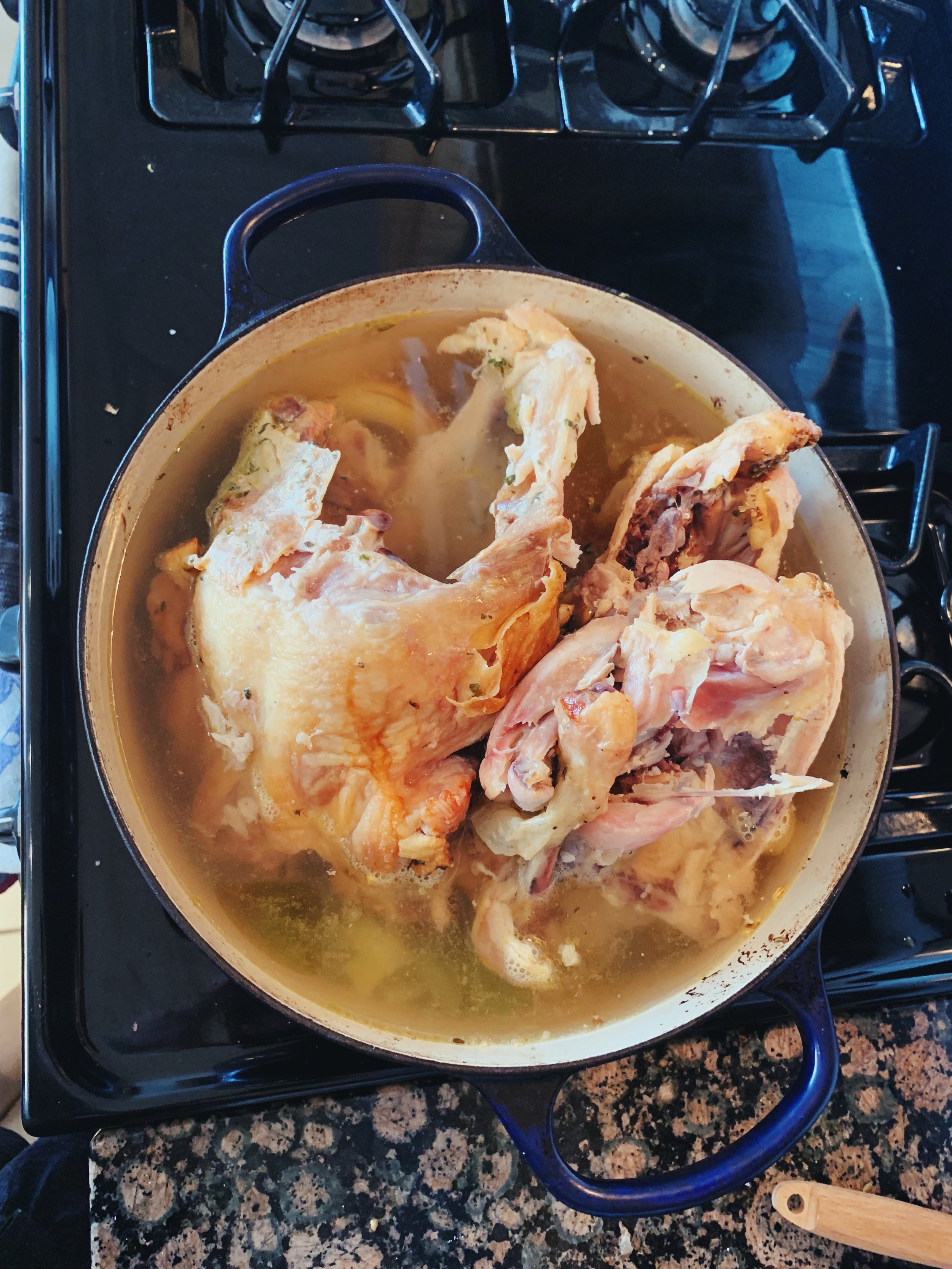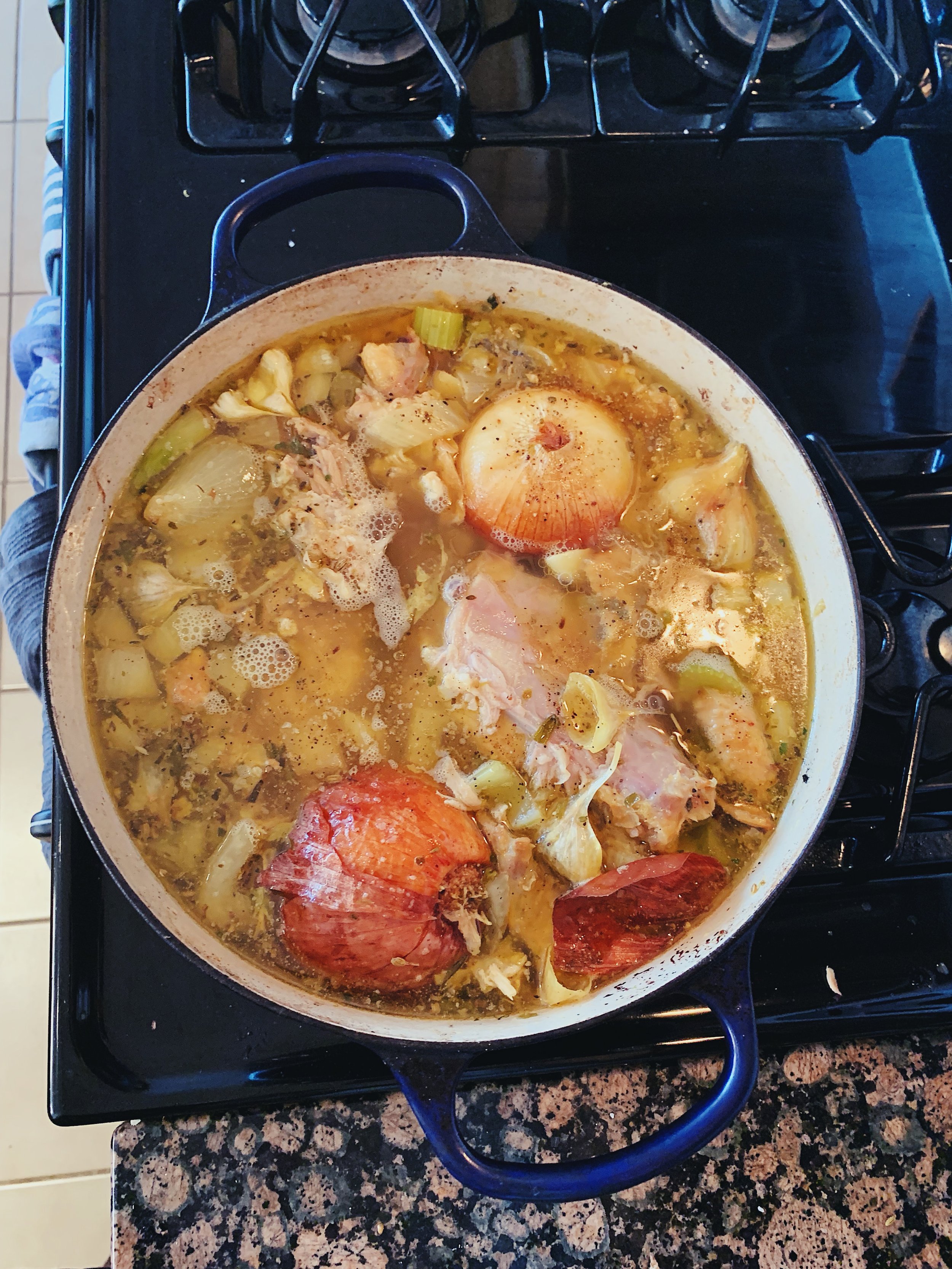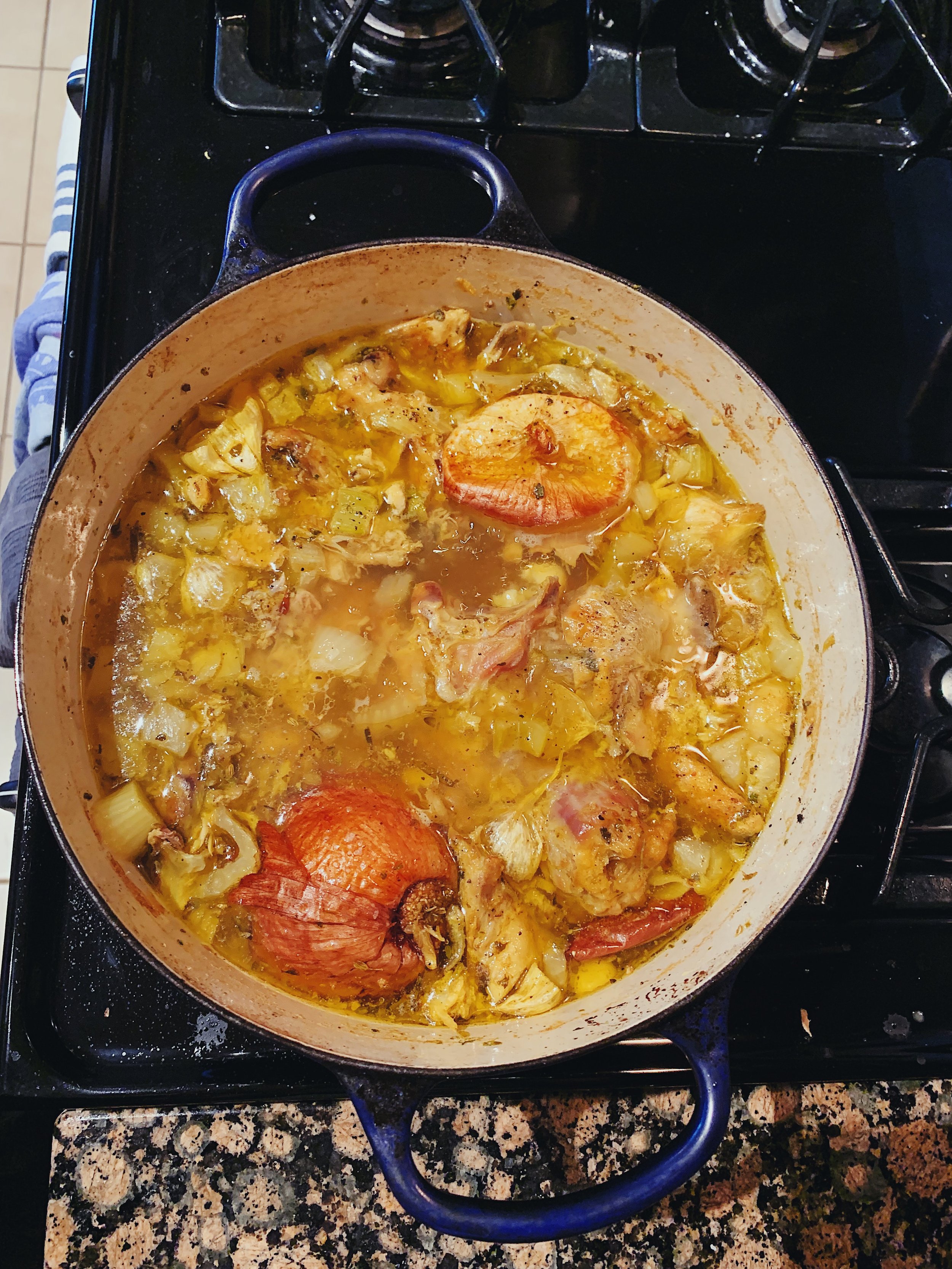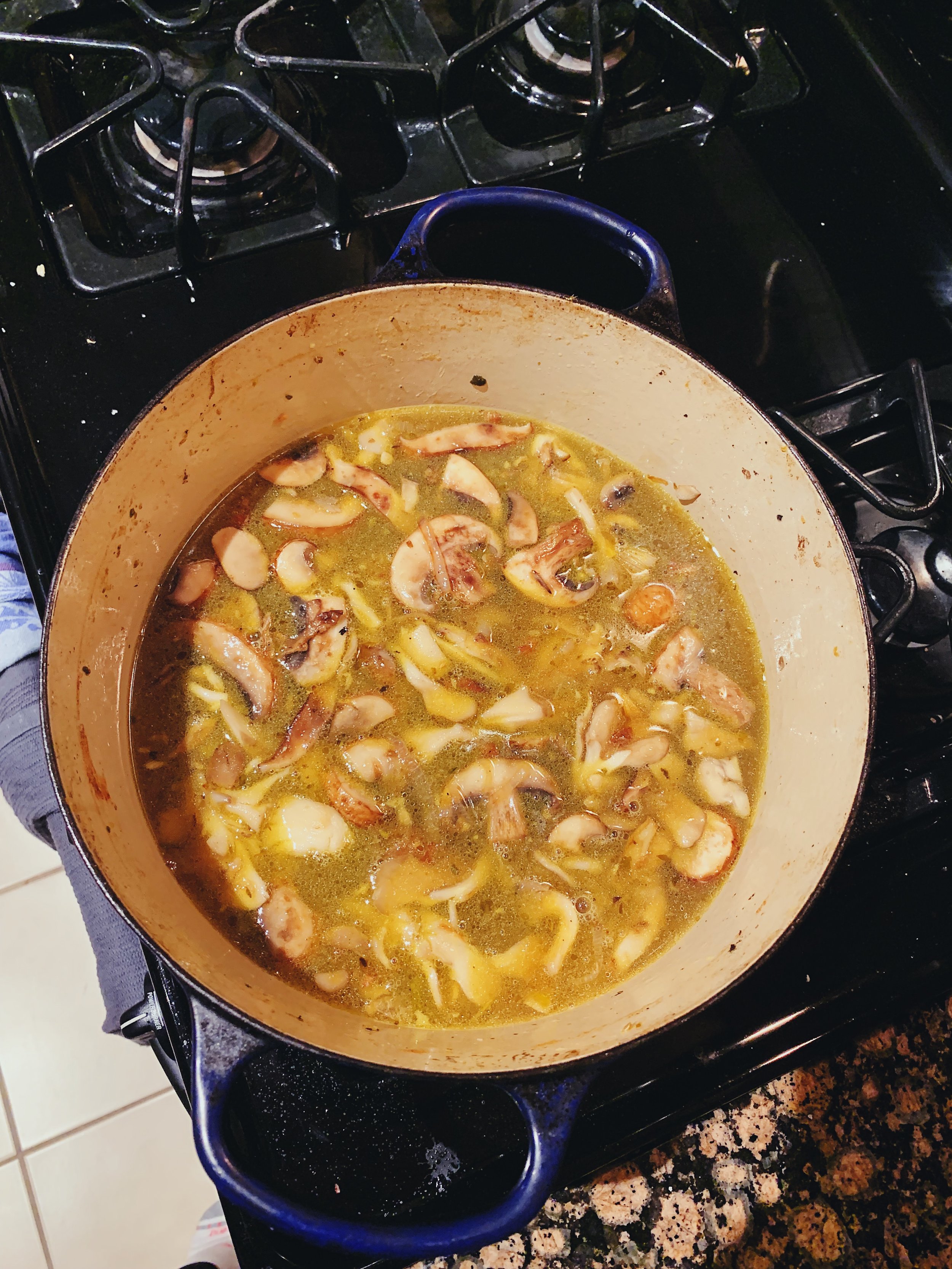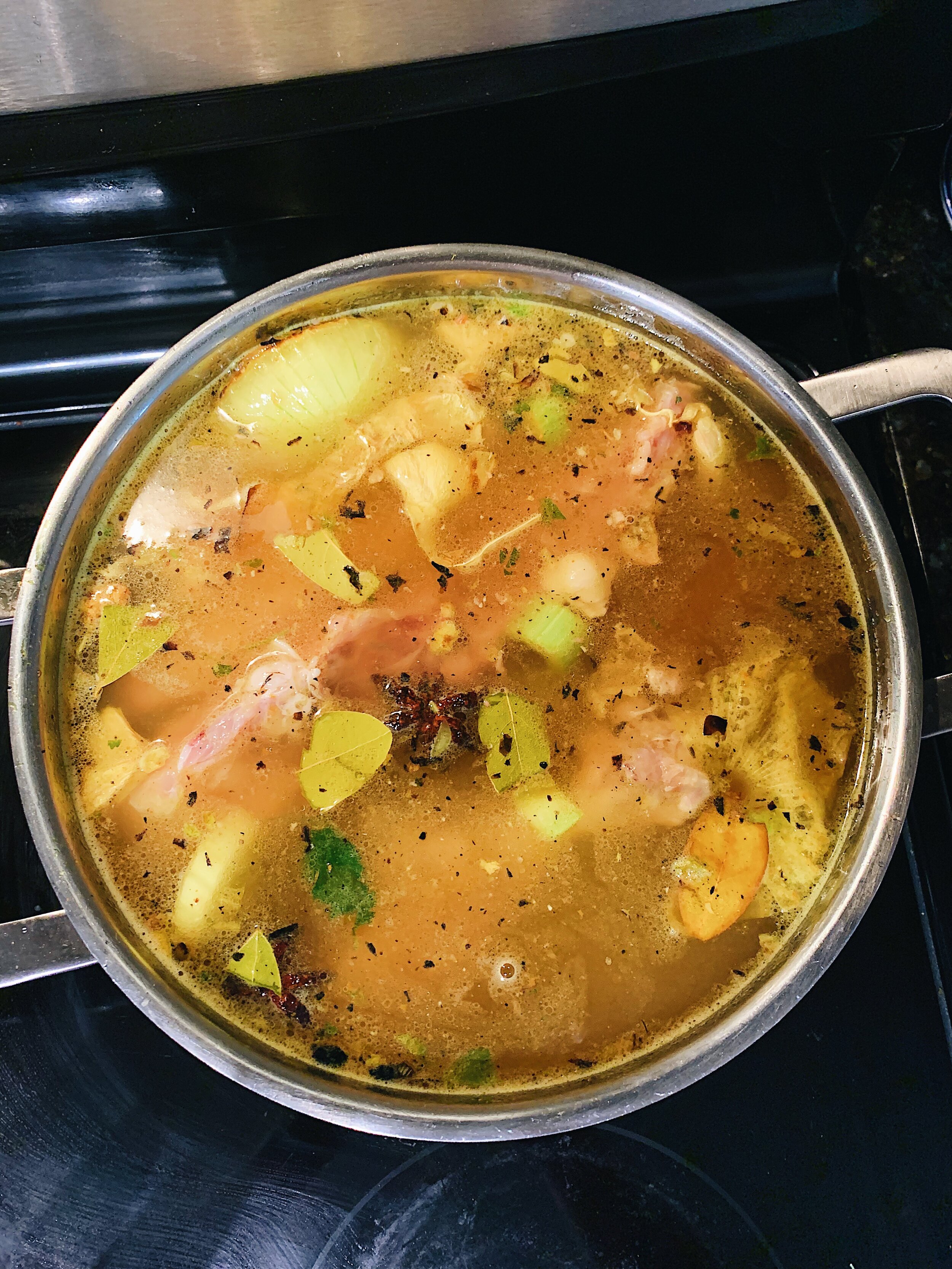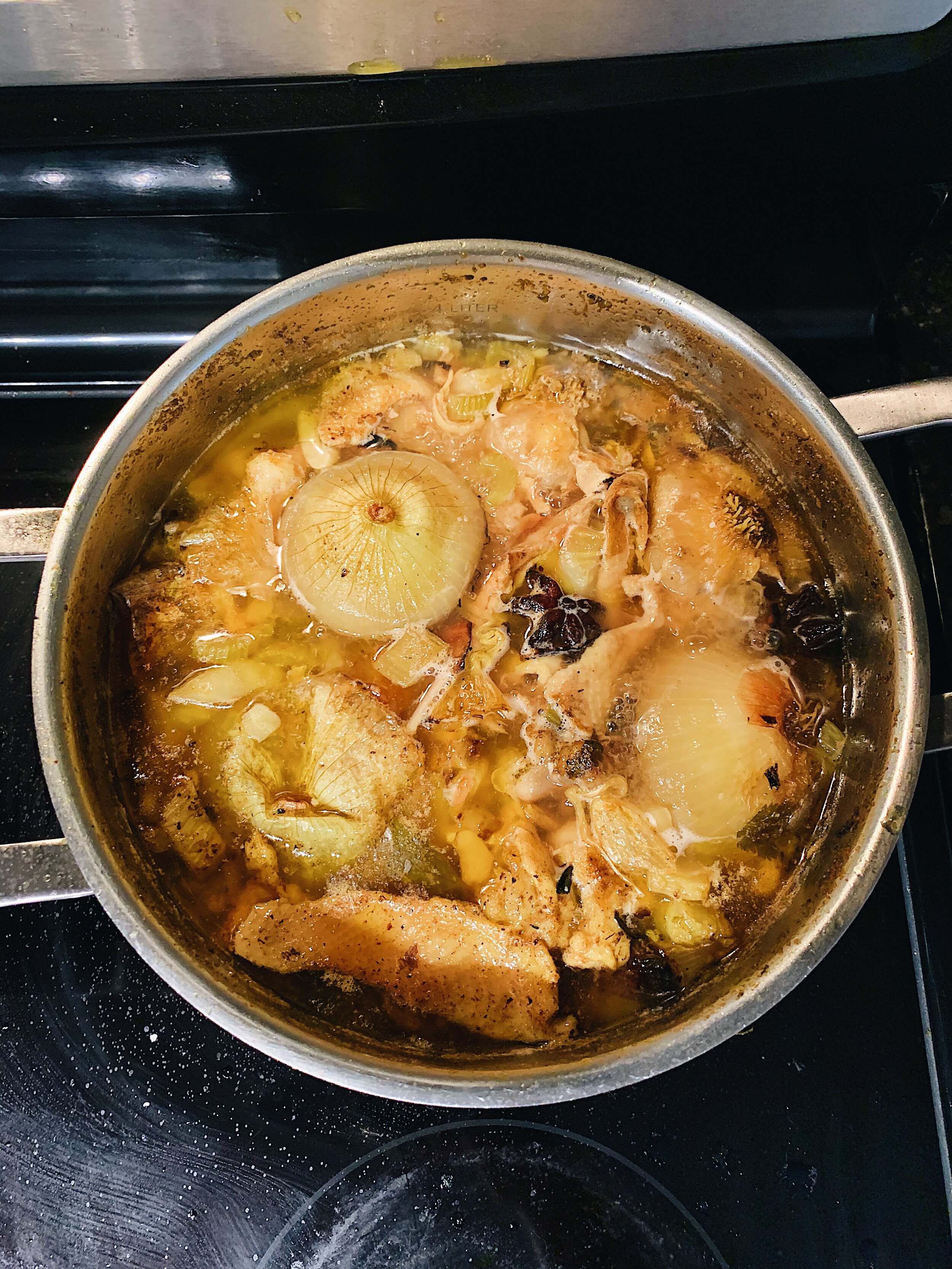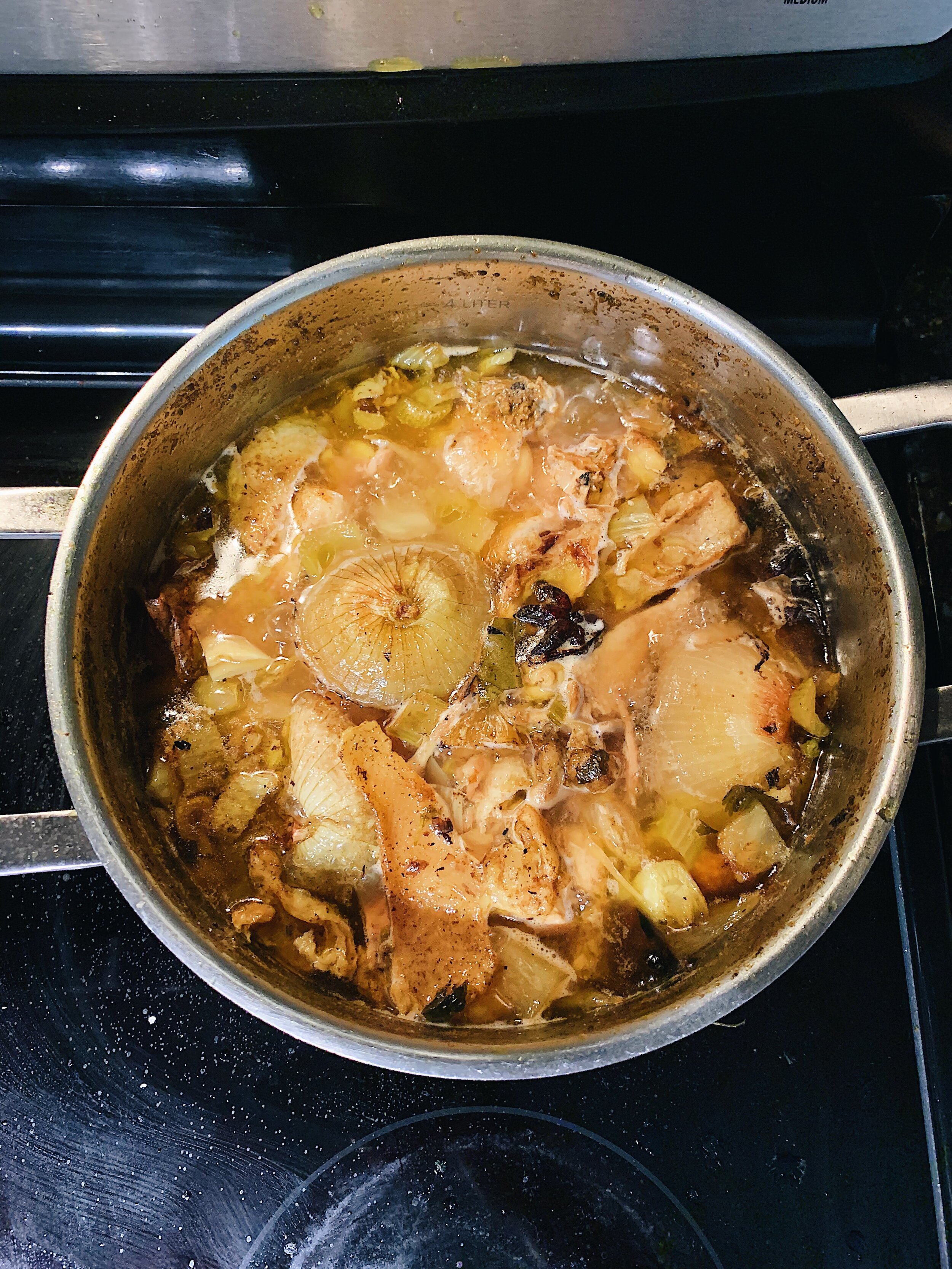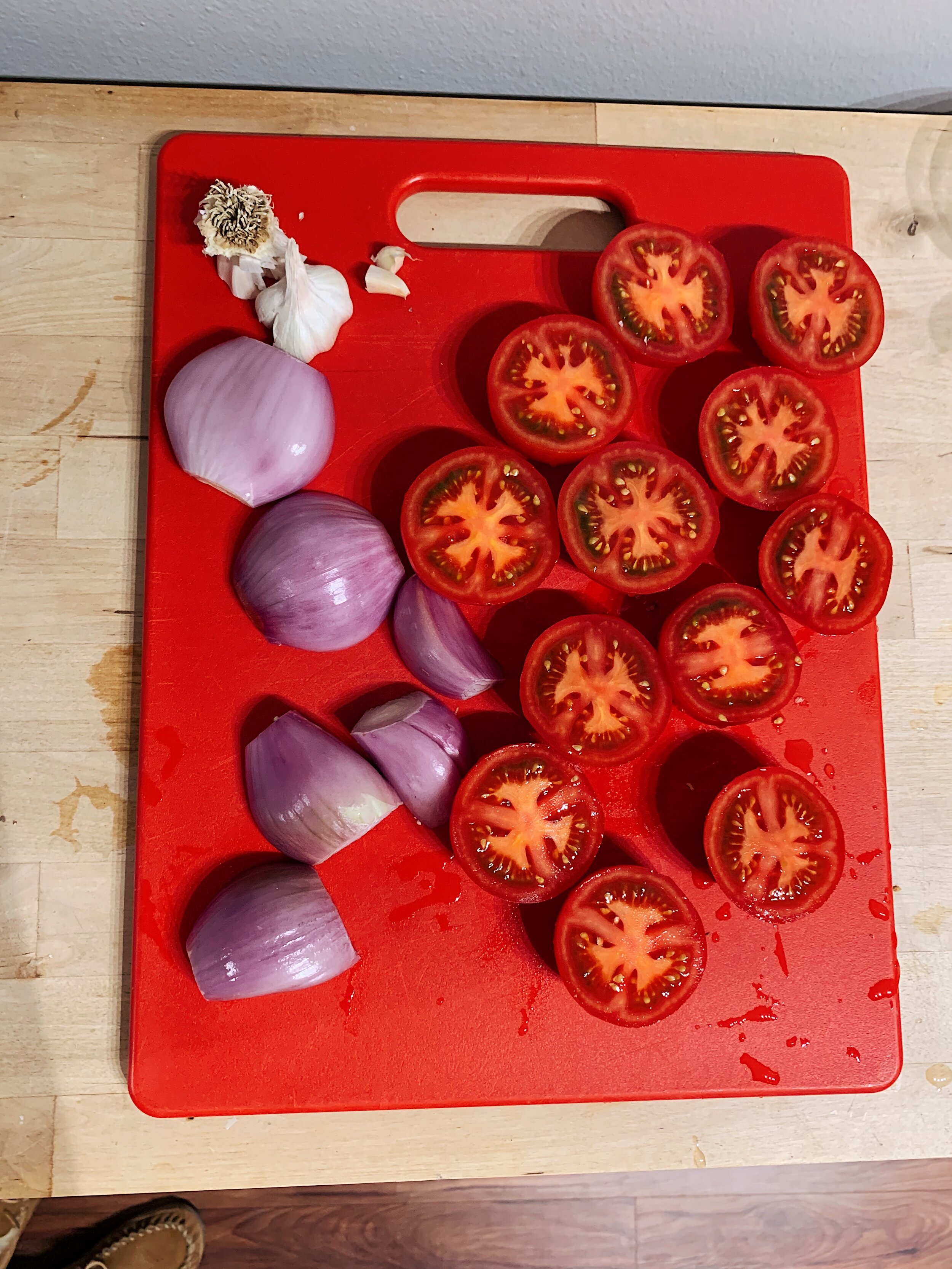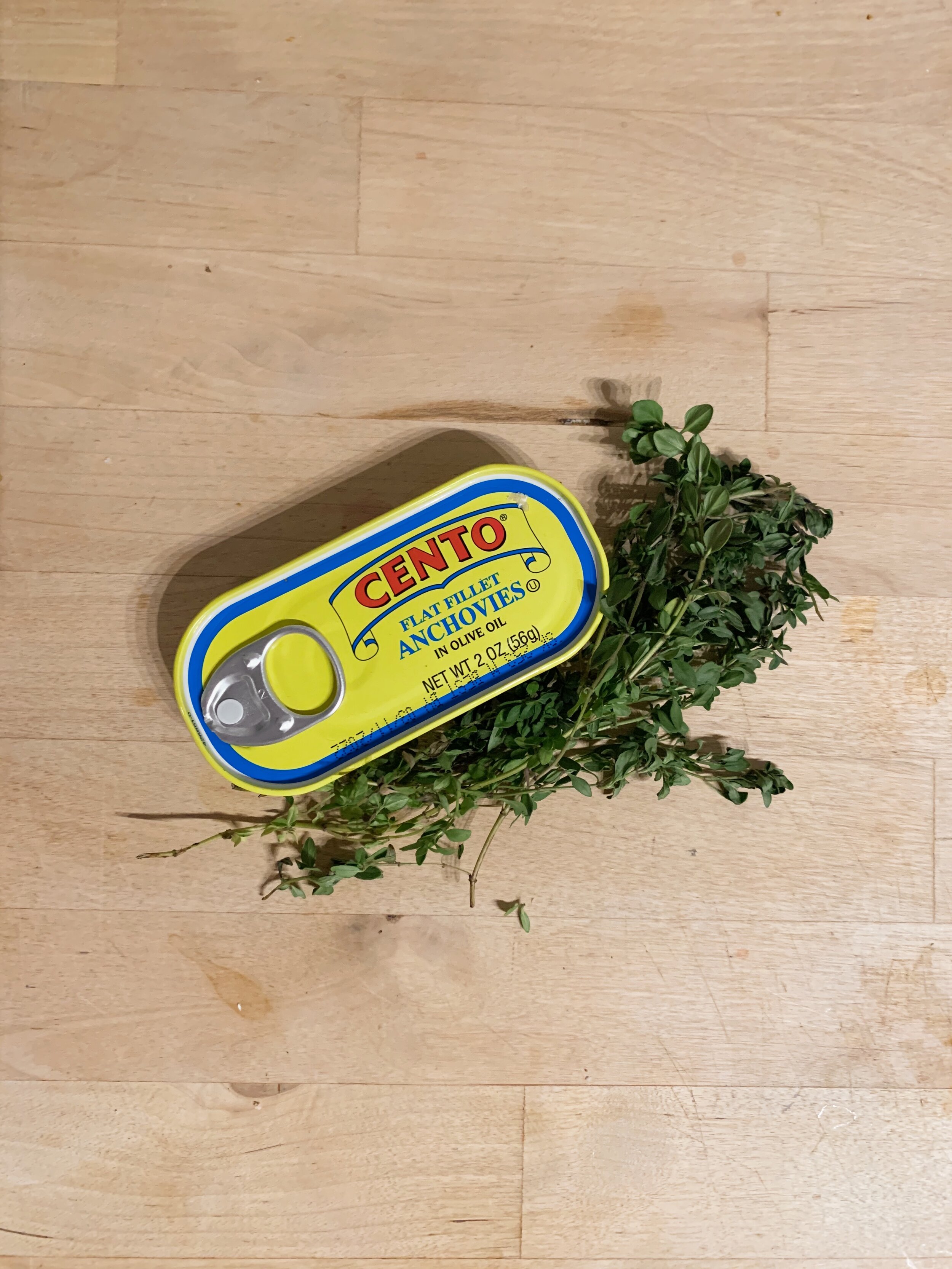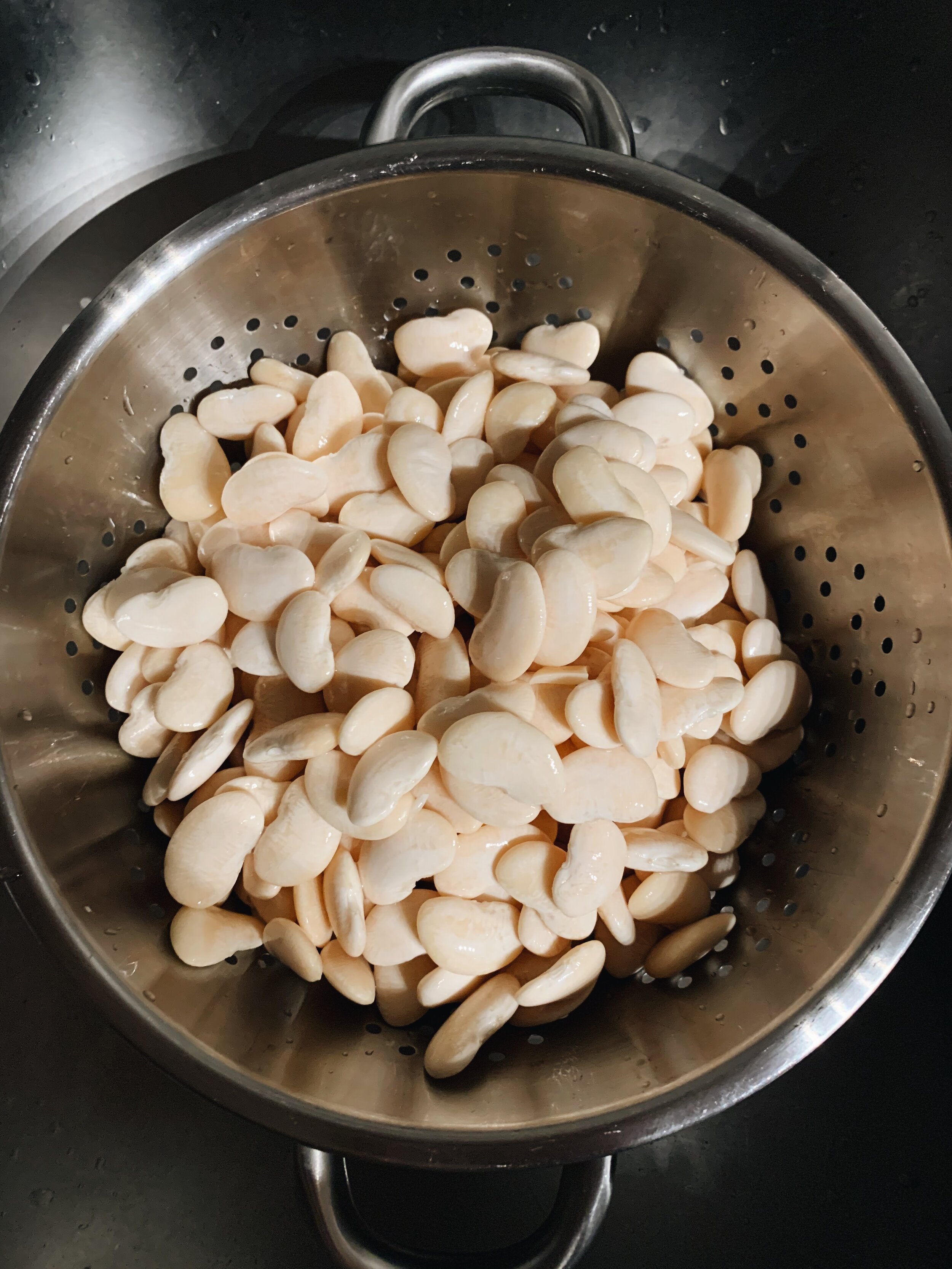Throughout this project, I’ve spent a lot of time thinking about how food can heal. Last January, I was physically in need of some serious healing. Rest helped, getting back into an exercise rhythm helped, but food saved me.
Jordan and I had both been working jobs that left little to no bandwidth for anything beyond them. Rhythms and relationships got thrown to the curb as we flipped the “survival mode” switch to “On.” Meals mostly consisted of pre-made dinners from Trader Joes and Door Dash orders. We ate for fuel, not pleasure.
Now, I realize that there are seasons in most peoples’ lives when survival mode is the only option. And there’s actually nothing wrong with Door Dash – we still use it today! (I also realize how privileged it is to even have access to Door Dash!) But it wasn’t until I quit my job and gained back the time and energy to cook for us that I started to heal. (You can read more about my thoughts on the importance of cooking rhythms here.)
Making things from scratch, besides the clear health benefits (isn’t it nice to know what’s actually in your food?), has brought great healing in my life. Yes, I was one of those people who started making sourdough during the pandemic. And yes, I actually do have a loaf proving in my oven as I write this. I love making my own bread. Another joy has been saving chicken bones and making bone broth. I first made Alison’s Golden Broth with Turmeric and Garlic, which is also the base for this chicken soup, on the day that I got my second CD-19 vaccine. I decided to make the broth again, and this soup, on the day I got my CD-19 booster shot. Seemed only fitting!
The broth, bursting with complex flavor, was even better than I remembered. I made two adjustments from last time: I used turmeric root instead of ground turmeric, and used a combination of chicken carcass and turkey carcass leftover from Thanksgiving dinner. Let’s just say I’ll never throw turkey bones away again.
After spending about four hours making the broth, I turned to the soup, starting with the toasted garlic. Toasted garlic is actually the soup’s topping, but by no means can it be missed. I let the garlic slices turn a warm, golden brown at the bottom of my Dutch oven and spooned them out as they reached peak color, being sure not to take them all out at once so the stragglers could toast, too. (Pro tip: I sprinkled the leftover garlic chips on a pizza the next day, and OH MY!)
Leaving the garlicky oil behind, I threw in two large shallots, thinly sliced into rings. They spent just a few minutes getting loosely crispy before the mushrooms joined. I really liked how the soup maintained a distinct, but subtle shallot flavor, especially with all of the other potent ingredients in this recipe. For that reason, I would strongly caution against substituting shallot for a different kind of onion, as some are wont to do. For the mushrooms, I used a combination of oyster, shiitake, maitake, and lobster, all found at Whole Foods. After roughly five minutes of releasing lots of steam, I poured in the broth and brought it to a simmer so the shallot and mushrooms could infuse the broth.
Two days before, I made Alison’s Slow-Roasted Oregano Chicken. I saved the bones for this broth, and the leftover meat for this soup! A true Laura Ingalls Wilder moment. The chicken and celery need only a few minutes to warm through in the broth before the soup is ready for bowls. Before serving, I mixed in a half teaspoon of fish sauce, which made the broth all the richer. Alison says it’s optional, but I think it should be mandatory.
I took Alison’s side note seriously and made brown rice noodles to go along with the soup, which made it more filling and hearty. I topped each bowl with cilantro and the toasted garlic chips. Wow, what an incredible soup. My serious compliments to the recipe creator! I recently ate at an up-and-coming ramen restaurant in Chicago called High-Five Ramen. Their broth may be the best ramen broth I’ve ever tasted. And Alison’s broth truly rivals it! It even got better with age – leftovers were a highlight these last few days.
Three days after my booster shot, I tested positive for CD-19. Instead of driving to see family, our Christmas will be spent in quarantine. Food can’t heal everything, but I’m grateful to recover with Jordan next to me and lots of time to cook the remaining recipes for this project.
Merry Christmas Eve! I wish anyone reading this a safe holiday, filled with wonder and good food.
192 recipes cooked, 33 to go.



